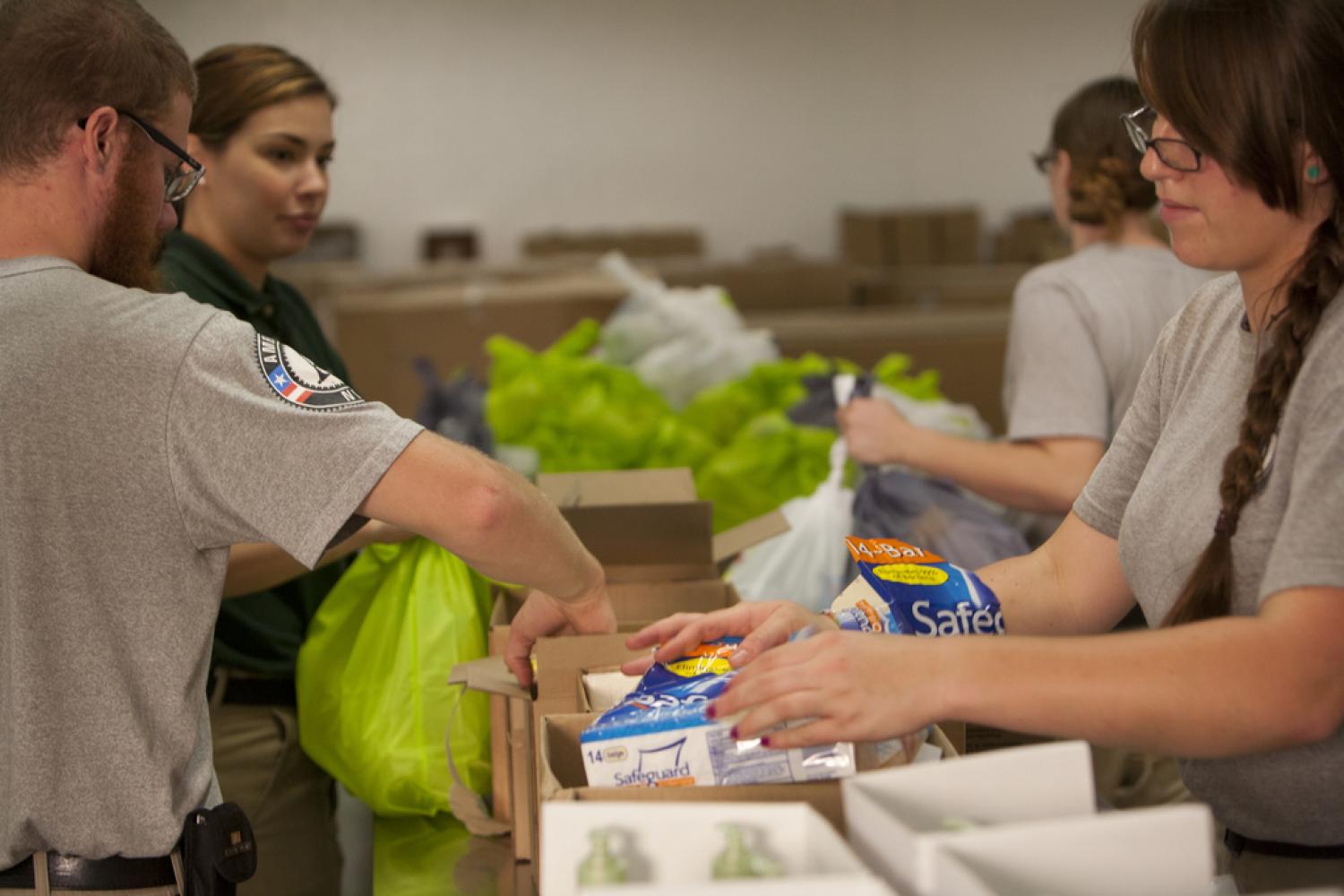CEDaR food bank project helps with logistical issues during pandemic

As unemployment rose sharply and people socially distanced because of the pandemic, food banks nationwide saw increased demands for food assistance, as well as a decrease in donations and volunteer workers.
Most faced logistical issues in getting their supplies in a timely manner.
To tackle these issues locally, Denver's Neighborhood Equity & Stabilization (NEST) reached out to CU Boulder's Community Engagement, Design and Research Center, and CEDaR launched the "Denver Food Bank Distribution Project." The project is a partnership between the Denver Department of Public Health & Environment (DDPHE) and the university.
"This project is an excellent example of a collaboration between the city of Denver and the university, where the university brings technical skills, interviewing and information technologies to a project identified by the city," says Brian Muller, CEDaR director. "Together we're tackling how to best manage information and activities among dozens of small and large Denver food banks."
Josh Lipson, a senior in the environmental studies and economics departments at CU Boulder, said he wanted to intern for the project because he feels passionate about the intertwined issues of food waste and nationwide hunger.
"The pandemic showed the fragility of our food supply chain as well as increased the number of people living in hunger," he said. "With widespread food waste and hunger existing simultaneously, both issues seem avoidable and solvable."
Denver food bank staff and pantry stakeholders have been researching ways to use technology, such as Slack, Project InKind, and Care Exchange to better meet the demands of the current crisis and in preparation for future crises, Lipson says. Primary needs include an efficient resource exchange between suppliers, food banks, food pantries and consumers; transportation coordination; tracking food inventories and deliveries; and communication at all sectors of the supply chain.
Lesly Baesens, food waste recovery program administrator for the DDPHE, said a wide network of emergency food stakeholders work to meet the needs of food-insecure Denverites.
"The use of technology would help increase the exchange of information, food, volunteers and supplies among these stakeholders," she said. "DDPHE is excited to work with Josh to help figure out which barriers prevent adopting these tools and how best to overcome those barriers."
During the initial two months of the project, Lipson researched the issues that food banks face and the apps they use and attended an emergency food stakeholders' meeting. He since designed a survey and prepared for interviews with stakeholders; the results will help him further explore how food banks use technologies and the obstacles their workers face. He plans to use this information to compile a guide as well as organize a workshop about useful technologies for food bank stakeholders.
"The food distribution issues that Denver is facing are massive, long-term issues, and I don't expect to solve them within a few months," Lipson says. "I hope though that by the end of my internship I can point to the tangible impact I made. Having the opportunity to help communities during a crisis is so important to me."

